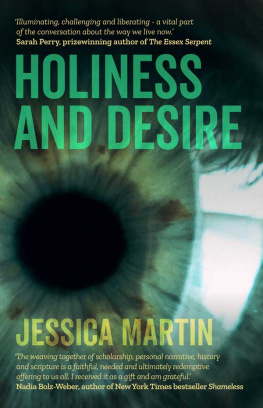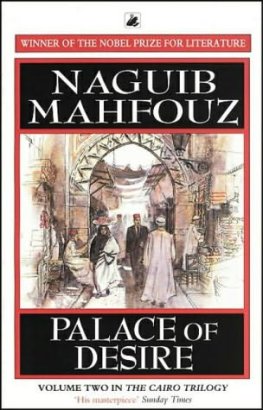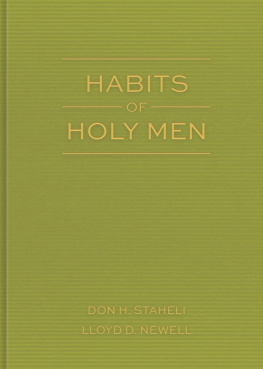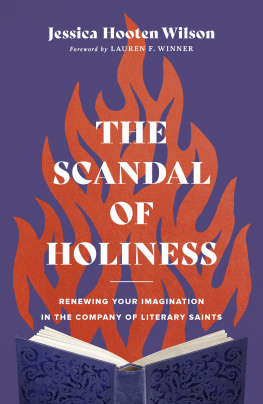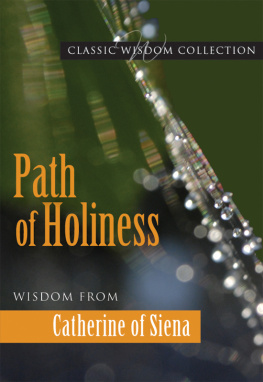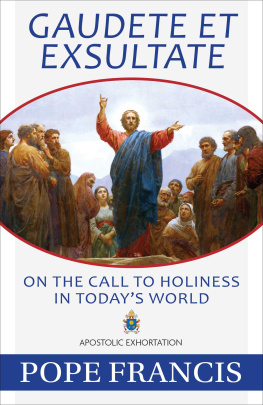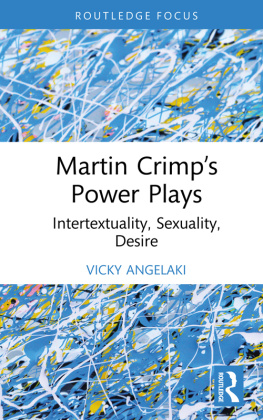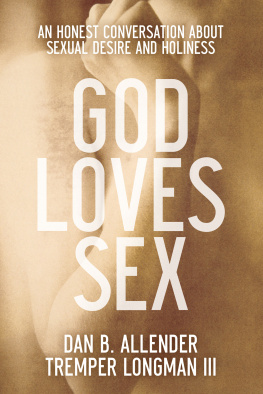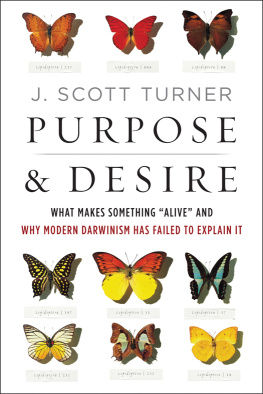JESSICA MARTIN
Holiness and Desire
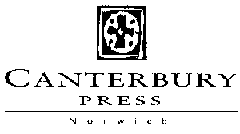
Jessica Martin 2020
First published in 2020 by the Canterbury Press Norwich
Editorial office
3rd Floor, Invicta House
108114 Golden Lane
London EC1Y 0TG, UK
www.canterburypress.co.uk
Canterbury Press is an imprint of Hymns Ancient & Modern Ltd (a registered charity)

Hymns Ancient & Modern is a registered trademark of Hymns Ancient & Modern Ltd
13a Hellesdon Park Road, Norwich,
Norfolk NR6 5DR, UK
All rights reserved. No part of this publication may be reproduced, stored in a retrieval system, or transmitted, in any form or by any means, electronic, mechanical, photocopying or otherwise, without the prior permission of the publisher, Canterbury Press.
The Author has asserted her right under the Copyright, Designs and Patents Act 1988 to be identified as the Author of this Work
British Library Cataloguing in Publication data
A catalogue record for this book is available from the British Library
978 1 78622 126 1
Typeset by Manila Typesetting Company
Printed and bound in Great Britain by CPI Group (UK) Ltd
Wants are the bands and ligatures between God and us. Had we not wanted, we could never have been obliged. Whereas now we are infinitely obliged, because we want infinitely. From Eternity it was requisite that we should want. We could never else have enjoyed anything: Our own wants are treasures. And if want be a treasure, sure everything is so.
Thomas Traherne, Centuries of Meditations
To my mother, Bernice Martin,
of whose 1981 book A Sociology of Contemporary Cultural Change
this is an admiring continuation
and in memory of
David Martin
30 June 1929 8 March 2019
Contents
Acknowledgements
Without friends and readers, this book would have remained as unfinished as the many other writing projects that were in the end swallowed up by life. To those friends and readers who gave time they could not really afford and conversed so intelligently with the text I am deeply obliged. To Nicola Bown, Andrew Brown, Fenella Cannell; to members of the Ely theological group Concord; to Maria Farrell, Catherine Fox, Alan Jacobs, Victoria Johnson, Helen King, Rachel Mann, Sarah Perry. To my mother, Bernice Martin, who taught me to think; to my brothers Jonathan, Izaak and Magnus, who played so much of the music. To Stella Martin, to whom the promises of desire have over and over again not been kind, and yet manages to stay kind herself. To Anne Richards, Rowan Williams, Ross Wilson. To Chris Rowland, who made it possible to look at fearful things.
And especially to my husband Francis Spufford, who has shown me that ruthlessness and obstinacy can be virtues; without whose attention and generosity there would be no book at all; without whom I would be more strange to the disciplines of love.
With thee conversing I forget all time .
To the Reader
Perhaps you picked this book up expecting to read some theology. Perhaps you are hoping that it will speak helpfully or at any rate clearly into the debates current in the Church of England over sexuality. Perhaps you like the title. Perhaps you are curious about culture criticism, or literature. Perhaps you have questions about how the Bible can address the dilemmas of modern living. You might be I hope you are really interested in what it could be to live well and expectantly in dark times. All these things are discussed here, not separately but together, because each one of them is a different mode for expressing human desire and its relationship to the call to holiness. And thats what the whole book is about.
This is a really, really wide range of inquiry, so Ive gone for an unusual approach, one that is more like an old-fashioned essay than a modern argument. It uses all kinds of different ways of thinking: from culture criticism to my own life story, from biblical interpretation to thinking about adverts, games and videos; from social-scientific surveys to poetry, novels, films. I do address the issues on sexuality that concern the Church, issues finding their points of collision in same-sex relationships and gender identity. But I dont think it is helpful to focus on these issues in isolation, because I believe that they are being required to take much more cultural freight than is fair, right or true.
So if your main reason for reading is to find out what I think the Christian view of same-sex marriage should be, and why I think it, then you will find out, but as part of a piece of thinking about what a distinctive holiness might look like for everybody not just people who dont fit into the heterosexual mould within the shaping and indeed distorting pressures of our highly sexualized modern culture. Ive taken the whole vista of modern desire, not only the sexual kind but everything that animates human longing, and Ive looked at what our culture is doing with it. This is a book for everyone who has thought that there might be something wrong with our default assumptions about human nature and sexuality, but cant quite work out what .
And what you have in your hands is a personal view. I use the experience of my own lifetime, a lifetime that has spanned enormous cultural change. Ive deployed a huge variety of sources, from the Bible to social media. Its all woven together into the particular viewpoint of this middle-aged, white, heterosexual woman with a suburban English background who is Christian by confession and by conviction. The poems and so on that I have chosen have been the ones influencing my life. Some are very well known; some are fairly obscure. Some appear as a fleeting reference or quotation; others are discussed quite carefully. All will, I hope, speak for themselves without readers having to have prior knowledge of them.
Parts of the book may even be quite fun.
A quick word about the books shape. First, you cant think about Christian holiness without thinking about the Bible. So the book begins with a one-chapter section called Scripture. This talks about scriptural authority and readerly response, and is a kind of grounding for the ways that the Bible will support the rest of the book. (But if you want to go straight to the discussion on desire in Part 2, it will make perfect sense without reading this section.)
The middle section of the book, Desire, is, if you like, the main course. It comes in four chapters called Longing, Looking, Joining and Self-Fashioning. Longing sets the scene, drawing out the relationship between human wanting and the desire for God, and how its hidden or frustrated or distracted by modern secular attitudes to desire. The next chapter, Looking, focuses down on the traditional preliminaries of desire, the action of looking at someone (or something) and wanting it. It thinks about what that might mean in a world dominated by screens that allow you to look at people who cant look at you. Joining moves on from looking to doing, to the actions of sexual involvement and the impact of changing cultural expectations around sex and relationships. And Self-Fashioning, the last chapter in this section, takes the focus away from relationships with others and looks at modern identity, at the complex relationship between desire and selfhood that particularly preoccupies our society.
The last section, Holiness, has two chapters, called Converting and Meeting. In this final section, I suggest ways in which Christians might live faithfully together in spite of all the difficulties that face the project of fidelity. Converting looks at some perhaps unexpected contexts for holiness. Last of all, Meeting ends the book, bringing the steadfast love of God together with the desires of his mortal children.
Next page
